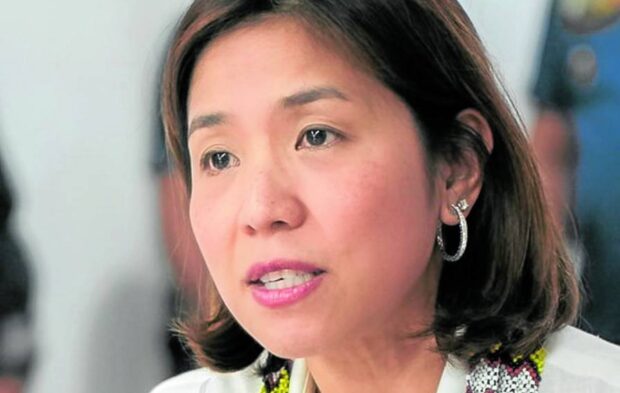Gov’t spending hits P1.02T, DBM reports
The government has stepped up spending from January to November last year, disbursing more than P1 trillion on infrastructure projects, or an increase of about 18.5 percent from the same period in 2022, the Department of Budget and Management (DBM) said on Sunday.
Citing data from its 2023 disbursement report, the DBM said the government spent P1.02 trillion from P861.8 billion over the same period in 2022, marking a P159.8-billion increase, mainly due to bigger spending by the Department of Public Works and Highways (DPWH). Despite questions on corruption at the DPWH, economists consider the spending data good news because the government’s significant underspending in recent years has weighed on the country’s economic growth.
“Government spending is vital to national growth. Thus, to help buttress robust economic growth, government agencies must continue to execute their programs and projects as authorized in the annual budget and deliver planned results in a timely manner,” Budget Secretary Amenah Pangandaman said in a statement.
In congressional hearings on the government’s P5.678- trillion budget for 2024, Pangandaman defined underspending as “the difference between the programmed disbursements from actual disbursements,” meaning the government did not implement some projects and programs it proposed.
Underspending
Article continues after this advertisementAccording to the data she presented, a disbursement of P2.5 trillion was programmed for the first semester of 2023. However, actual disbursements amounted only to P2.4 trillion, resulting in P170.5 billion underutilized funds.
Article continues after this advertisementPangandaman said the Department of Information and Communications Technology (DICT) topped the list of agencies that were not using taxpayers’ money as intended.
According to Pangandaman, the DICT only had a utilization rate of 5.6 percent, followed by the Department of Migrant Workers, 10 percent; the Department of Social Welfare and Development, 11.4 percent; the Department of Agrarian Reform, 13.8 percent; the Department of Labor and Employment, 14.9 percent; and Department of Tourism, 18.9 percent, among others.
According to the DBM, the larger government spending for 2023 is due to DPWH priority projects, mainly for the construction, rehabilitation, renovation, repair, and improvement of roads and bridges and flood control structures.
But the Marcos administration continues to focus on infrastructure development through the Build, Better, More (BBM) program, with about P1.5 trillion allotted in 2024, the DBM chief said.
The 2024 figure is P180 million higher than the P1.330 trillion allotted for infrastructure in the 2023 General Appropriations Act, Pangandaman said.
The DBM urges all agencies to spend all the funds allotted to them “efficiently and promptly.”
“Every peso in our national budget should be spent effectively for the benefit of our economy and, most importantly, the Filipino people,” she said.
Build budget
According to Pangandaman, the BBM program aims to expand the country’s infrastructure by developing road, rail, mass transport and flood control infrastructure projects to allow for growth in far-flung municipalities.
Aside from the DPWH, the Department of Transportation (DOTr) also played a role in the higher government spending, according to Pangandaman, by implementing various rail transport foreign-assisted projects.
READ: Low infra spending in Nov further shrunk total gov’t outlay
According to the DBM chief, this year’s allocation for infrastructure is equivalent to 5.5 percent of the country’s projected gross domestic product, well within the government’s 5- 6 percent target.
This amount includes the public sector infrastructure budget of the DPWH and the DOTr, amounting to P982 billion and P26.6 billion, respectively, Pangandaman said. INQ
